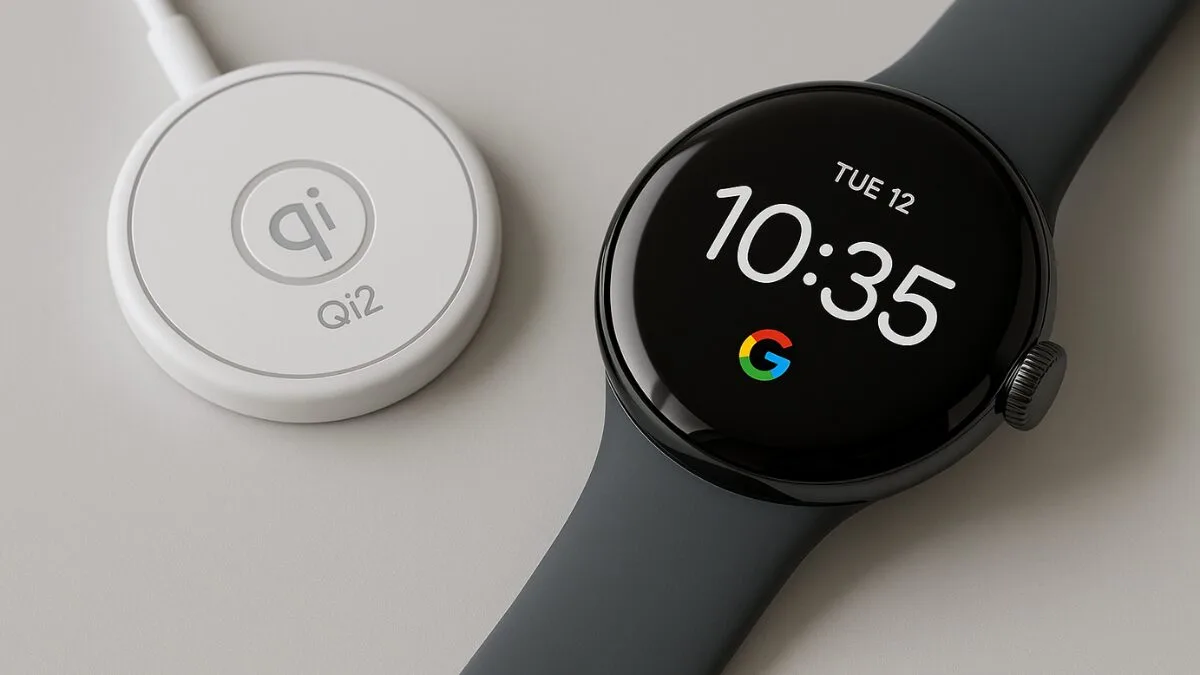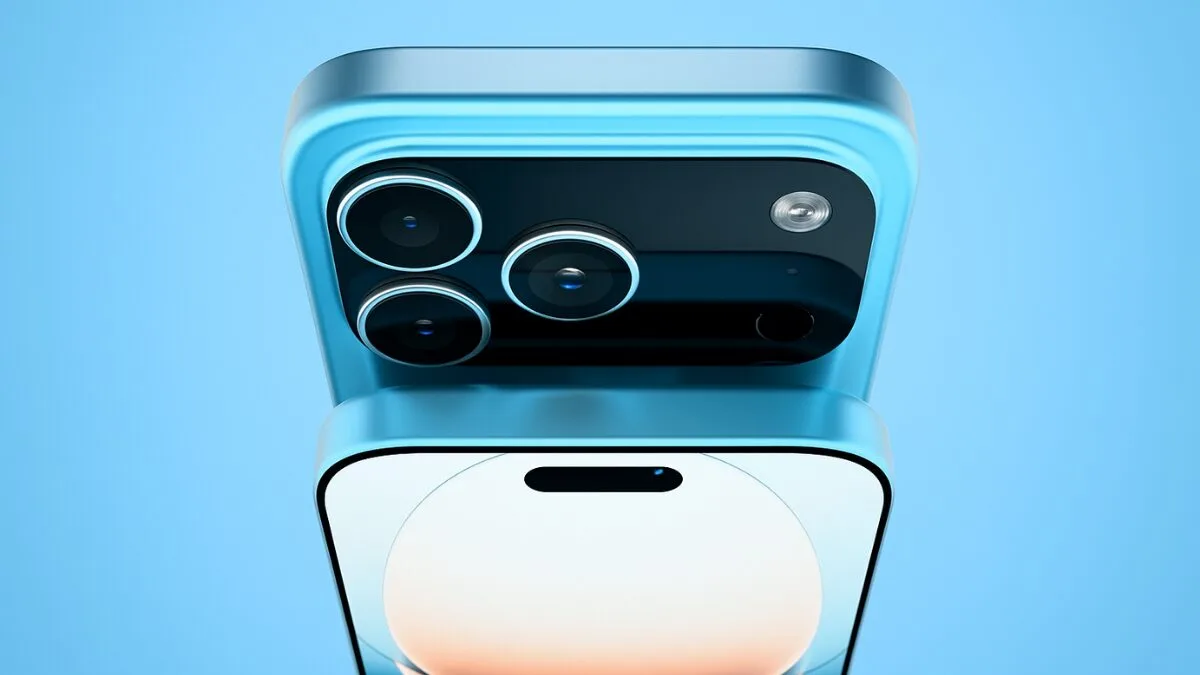Introduction — what’s new
Apple is reportedly preparing a pair of portable smart glasses — Apple Smart Glasses 2026, that look more like sunglasses than a full AR gadget and could ship by the end of 2026. Upcoming Apple’s event in September will also introduce the new iPhone 17 Series and also rumours are coming apple is likely to launch the new Apple Watch Series 11 and Ultra watch 3.
The glasses — called Apple’s answer to Meta’s Ray-Ban smart eyewear — may include cameras, microphones, speakers and advance Siri connection, but not full digital screen overlays at launch. It will likely based on the Apple Vision Pro.
Apple smart glasses launch date 2026

The launch schedule based on a late-2026 period, according to multiple reports that say Apple is building samples now and aims to increase testing and engineering before holiday sales. Bloomberg first reported the company’s plan and noted Apple’s focus on an AI-based tools driven by its own models.
What the glasses will likely do
Based on the reports, these devices will provide photo and video capture, phone calls, music playback, guided directions, and live translations — basically smart eyewear features that match what Meta’s Ray-Ban line and other smart eyewear offer today.
The glasses are expected to depend mostly on Siri, with Apple improving the assistant’s situation-based skills to work on the small, always-worn design.
Design and technology trade-offs
Rather than trying to show virtual images into the user’s vision, Apple’s first consumer smart glasses will focus on being lightweight and stylish.
That suggests Apple is focusing on battery life, camera quality, and built-in processing over a screen in front of eyes or 3D sensors needed for full AR. Market experts see this as a first step — the company can ship a consumer device earlier while continuing work on true mixed reality hardware.
How this fits Apple’s AI push
Apple’s smart glasses project is part of a bigger AI strategy that includes upgrades to Siri and Apple Intelligence across iOS and new hardware projects. Reports say Apple will use its own AI models and special chips for wearables, which could allow features like situation-based tips and faster on-device processing while keeping user data private on device.
Our experience: Apple historically trades being first to release for integration and privacy balances, so using Apple AI cores is consistent with its product thinking.
Use cases that matter

In practice, the glasses will focus on practical functions: instant photo and video capture, without using hands voice control, AR navigation signals via audio and vibration, and AI translations during conversations.
These are typical near-term features for smart eyewear and match user interest for lightweight wearable tech glasses that don’t look like headsets. The functions aims to make the device useful everyday while Apple works on more advanced augmented reality devices.
Privacy, health and regulatory questions
Cameras near the face cause privacy and wearable rules problems that Apple will need to handle. The company’s privacy communication and on-device processing will be central to acceptance, but local laws and place rules (for example in restaurants, courts, and transit) could affect how and where the glasses are used. This is very important for smart eyewear with constant sensors.
How Apple Glass differs from Vision Pro
The new glasses are expected to be a consumer product similar to Meta’s Ray-Ban partnership— simpler, lower-profile, and priced far below the high-end Vision Pro headset. Vision Pro is a spatial computer with full vision-based overlays; Apple’s 2026 smart glasses are expected to be a support gadget focused on audio, camera, and AI assistance over full mixed reality.
What’s not yet confirmed
Many details remain unverified. Battery life, exact set of sensors, pricing, and full software features have not been published by Apple. An official quote about Apple’s internal plans is limited to unlisted sources in reporting; a clear Apple statement is not yet available.
Suggested Posts:
Market impact and close
If Apple provides a refined, lightweight pair of Siri glasses by late 2026, the move could speed up mainstream smart eyewear use and force competitors to improve hardware and AI. For consumers, the first Apple Glass may be less about deep AR and more about smart, stylish comfort— a practical product that prepares for more capable enhanced reality in years to come.
- Price: Rumored — not yet announced.
- Release: Targeted late 2026 (reports from Bloomberg,MacRumors and others).
- Main feature: Cameras, microphones, speakers, Siri/Apple AI (no full AR overlays at launch).
Frequently Asked Questions
What are Apple’s smart glasses?
They’re expected to be slim glasses with cameras, speakers, and Siri/AI, much like Meta’s Ray-Ban. The launch is planned for 2026, and while they won’t have full AR overlays, they’ll support calls, music, photos, and smart help.
Will Apple’s glasses do augmented reality?
The first version won’t feature real AR displays (no virtual image projection). Apple sees it as an early step toward Apple Glass, with bigger plans for full AR in the future.
When will Apple smart glasses launch?
Reports suggest a late-2026 release window, but Apple hasn’t made it official and plans could still shift.
External related articles:
- MacRumors — Apple Smart Glasses Launching in 2026.
- The Verge — Apple’s first smart glasses could arrive next year.
- 9to5Mac — Apple rumored AI smart glasses.
- Axios — Apple plans AI glasses in 2026.
Policy & Readability Check
- AdSense / Google News compliance: Article uses factual reporting, cites reputable sources, avoids sensationalism and personal data — appears compliant with Google News and AdSense policies. No copyrighted long quotes used.





